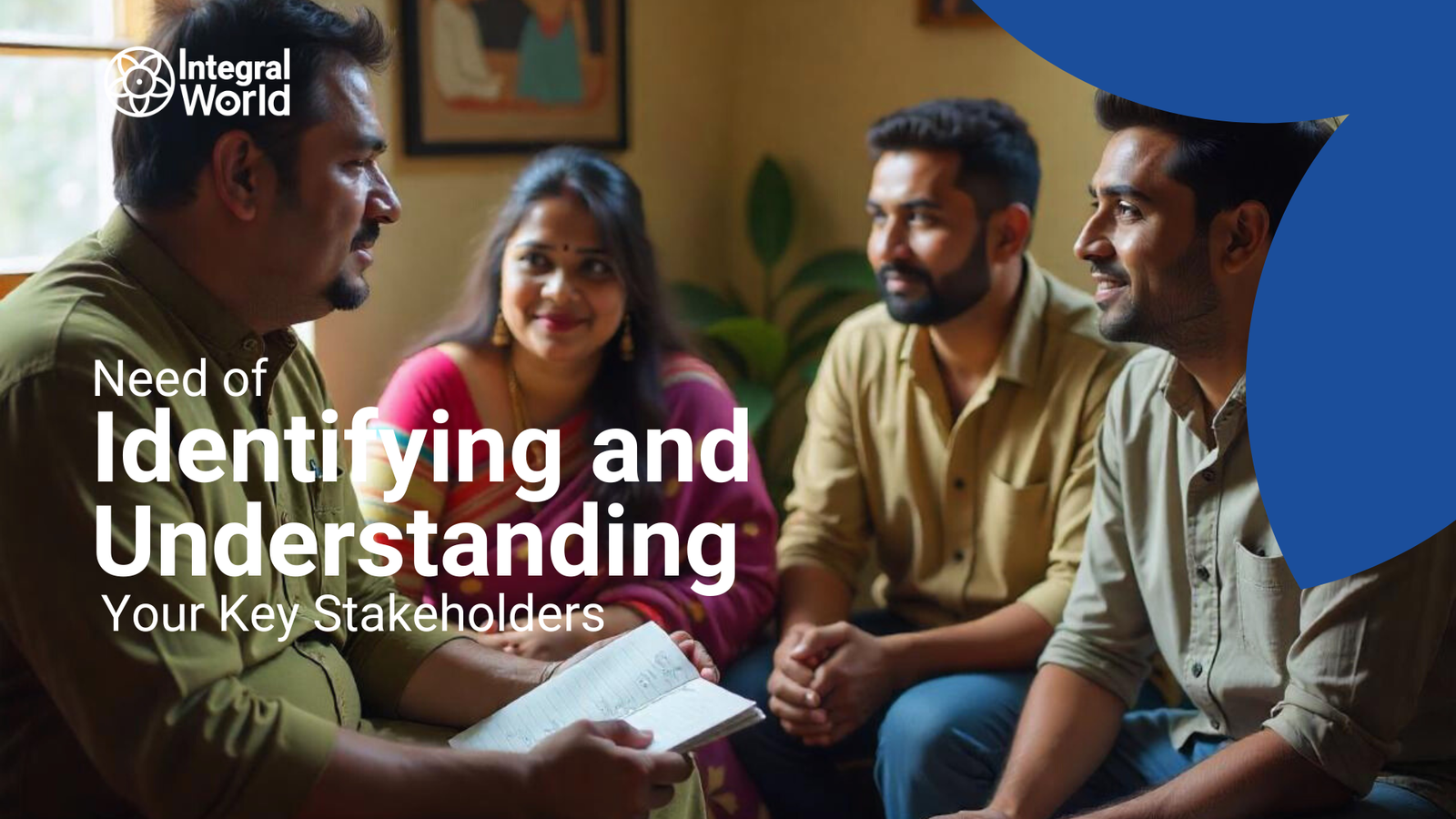Achieving meaningful impacts and contributing towards community-driven projects can only be accomplished through understanding who are important players. Integral World understands that stakeholder analysis is what will guide any organizations into these kinds of strategies. This comprehensive guide presents how to understand your target audience better; it also offers step-by-step instructions as well as examples from successful cases along with expert insights aimed at assisting organizations in engaging with their stakeholders successfully.
Organizations that desire sustainable development do not just have a strategic necessity but an ethical duty to engage stakeholders effectively. The article seeks to explore various aspects of audience analysis, offering actionable steps and real-world examples that can aid in effective navigation and leveraging of stakeholder dynamics by organizations.
The Importance of Audience Analysis
Why is Audience Analysis Important?
Audience analysis refers to the systematic process of identifying and understanding the needs, expectations, and viewpoints of relevant stakeholders. Organizations can thus improve their strategies or initiatives when they are able to understand what drives their stakeholders and concerns that need to be addressed; this leads to better engagement, trust and sustainability.
Expert Insight: Dr. Emma Rodriguez
Dr. Emma Rodriguez, a top researcher in community development affirms that “Audience analysis is foundational to responsive and impactful development work. It enables organizations to move beyond assumptions and truly listen to the voices of those they seek to serve, fostering authentic partnerships and driving meaningful change.”
Step-by-Step Guidance for Stakeholder Identification

- Identify Stakeholder Groups
Start by identifying distinct stakeholder groups that matter most for your organization’s mission – related objectives. These may include:
- Direct Beneficiaries: Individuals or communities directly impacted by your programs.
- Donors & Funders: Individuals, foundations, or corporations providing financial support.
- Government Agencies: Local, regional or national authorities involved in policy-making or implementation.
- Community Leaders: Influential figures within target communities who can advocate for or against your initiatives.
- Conduct Stakeholder Mapping
Prepare a map indicating different levels of influence starting with stakeholders who are highly influential then those with little influence. Prioritize communication strategies using tools such as stakeholder matrices or power-interest grids or for effective stakeholder analysis.
- Engage in Dialogue & Feedback
Surveys, focus groups, interviews, and community forums initiate dialogues with stakeholders, fostering active engagement and collaboration. Identify how they look at your role as an organization as well as its impact and understand their expectations and needs. It is important that as decision making bodies, organizations incorporate stakeholders’ voices.
Case Studies: Successful Stakeholder Engagement
- Case Study: World Wildlife Fund (WWF)
WWF collaboratively addresses global environmental issues by involving numerous stakeholders such as local communities, government agencies, corporate partners and conservation experts. Through inclusive dialogue and partnerships, WWF advances conservation initiatives that reflect the interests and priorities of its stakeholders.
- Case Study: Save the Children
Save the Children undertakes a comprehensive analysis of its stakeholders to inform child protection and education programs across the world. Save the Children develops specific interventions which meet local needs through partnering with governments, donors or communities to promote sustainable development outcomes.
Expert Strategies for Effective Stakeholder Engagement
- Tailor Communication Strategies
To resonate differently with groups of different interest adapt your communication approaches. Use clear language that can be understood together with an emphasis on shared goals or benefits in order to facilitate understanding and collaboration.
- Build Trust & Transparency
Transparency should be given top priority in organizational practices and decision-making procedures; it is important for you to communicate openly about challenges faced by an organization while at the same time indicating success stories as well as impact related information all towards ensuring that there is trust among your audiences who are also stakeholders.
- Foster Long-Term Relationships
Ensure that relations with stakeholders extend beyond project timelines through investment in long-term stakeholder cultivation processes while demonstrating commitment towards mutual objectives thereby bringing them on board in achieving sustainable development goals.
Conclusion
Concluding, successful stakeholder engagement is fundamental to sustainable development goals and nurturing community-driven undertakings. Organizations can develop meaningful relationships, foster collaboration and amplify their global challenges by taking audience analysis as a priority in their planning process.
Contact Integral World today for an exploration of how our abilities in stakeholder involvement may underpin your company’s sustainable development journey.


3 Comments
I loved as much as you will receive carried out right here The sketch is attractive your authored material stylish nonetheless you command get got an impatience over that you wish be delivering the following unwell unquestionably come more formerly again since exactly the same nearly a lot often inside case you shield this hike
Thank you a bunch for sharing this with all of us you really understand what you are talking approximately! Bookmarked. Kindly additionally seek advice from my website =). We can have a link change arrangement between us!
Very interesting information!Perfect just what I was looking for! “The right to be heard does not autmatically include the right to be taken seriously.” by Hubert Humphrey.
Comments are closed for this article!